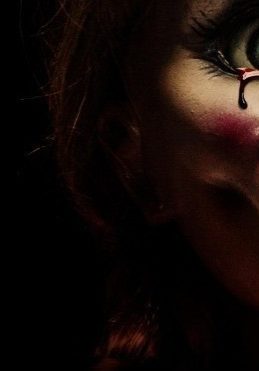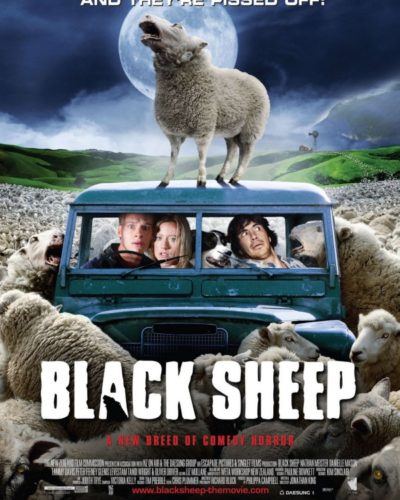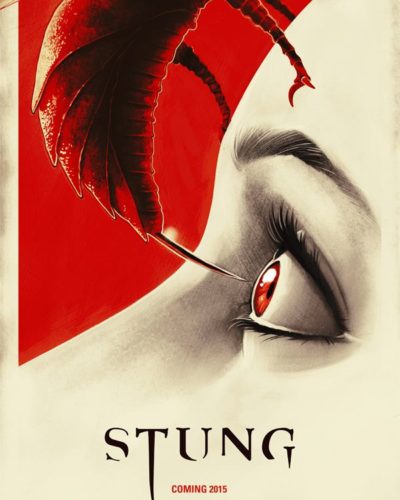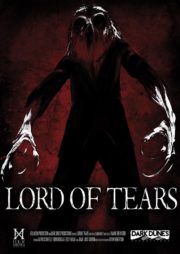Opening the Box of Horrors: “Annabelle” Unveiled
“May God have mercy on your soul,” whispers a voice in “Annabelle,” a line chilling enough to foreshadow the unholy terror that unfurls. Directed by John R. Leonetti and haunting screens since 2014, “Annabelle” is a spin-off prequel to “The Conjuring,” delving into the cursed origins of the infamous porcelain doll. Amidst a tapestry of 1960s suburban life, we follow John and Mia Form—a couple expecting their first child. Their idyllic life shatters after a harrowing home invasion by a satanic cult, leaving a sinister presence attached to a doll that begins to orchestrate a series of eerie occurrences.
Immersion into Darkness: Crafting The Horror Ambience
“Annabelle” sets its gloomy tone from the outset—a serene vibe quickly tainted by an intrusive dread. Leonetti, playing with the audience’s nerves, masterfully weaves suspense and the supernatural. Every shadow seems to hide malevolent intentions, and what lurks in the unseen is this film’s strongest menacing force. The film relies on a catch-your-breath pacing; it draws viewers in with tranquility before snatching away the comfort with precise, jarring moments.
The aesthetic of “Annabelle” is critical to its chill factor. Cinematography underpins the horror with dim lighting and muted colors that evoke the era while foreshadowing the darkness that’s to bleed into the Form’s world. The camera work often lingers, coercing viewers to scrutinize every corner for movement. Quick cuts and smart angle choices contribute to moments of shock, though these techniques are not revolutionary within the genre. While the visual effects are competent, they aren’t necessarily groundbreaking; however, the practical effects, particularly those involving the doll Annabelle, provide a tangible, creepy presence.
Sound is “Annabelle’s” unsung hero—a carefully constructed component that amplifies terror. The film’s soundscape weaves silence with sudden crescendos to manipulate heart rates effectively. Meanwhile, the haunting soundtrack by Joseph Bishara contributes to an enveloping dread, though at times it might tread familiar sonic patterns for seasoned horror enthusiasts.
Puppets of Fear: Character and Performance
While the doll Annabelle holds the spotlight, the human characters must anchor the horror with genuine reactions to the unfolding terror. Annabelle Wallis delivers a nuanced performance as Mia, bringing a palpable sense of vulnerability and maternal ferocity to the role. Opposite her, Ward Horton’s portrayal of John serves the narrative without leaving a significant mark. The secondary characters add depth to the story, but they’re somewhat overshadowed by the looming threat of the doll’s sinister smile.
“Annabelle” opts for a blend of psychological and supernatural horror, shying away from excessive gore. The fear is predominantly cultivated through anticipation and the anxiety of the next ghastly revelation. The film employs jump scares, which mostly hit their mark, but could be seen as heavy-handed or formulaic by the horror connoisseurs.
Unseen Strings: Themes and Audience Encounter
The thematic underpinnings of “Annabelle” include an exploration of the vulnerability of the family unit, the terror of losing control, and the battle between good and evil. While these are not uniquely probed, their presentation within the 1960s backdrop adds a layer of interest.
The effectiveness of “Annabelle” in the confines of horror cinema is somewhat mottled. It has its share of spine-tingling scenes, but whether it reaches the level of genre-defining frights is a matter of debate. It doesn’t entirely reinvent the wheel but offers enough of a scare for a popcorn night. Horror aficionados may find it less satisfying than new viewers or those with a casual interest in the genre.
Compared to other titans of horror, “Annabelle” slots in veering on nostalgia, echoing elements from classics like “Rosemary’s Baby” for the pregnancy in crisis motif, but without the same sophisticated psychological depth. It’s closer to its sibling “The Conjuring” in style and delivery, though arguably less captivating in narrative complexity.
Final Summoning: To Watch or Not to Watch?
In conclusion, “Annabelle” plays its part in delivering chills and is recommended for those who take thrills from haunted objects and palpable, albeit conventional, scares. However, its appeal might not extend as broadly to those seeking cutting-edge horror or profound thematic exploration. The film aptly sets the stage with atmospheric creepiness and solid performances, despite some cliched approaches to its scares and narratives. Advised for less desensitized viewers, parental discretion is suggested for younger audiences owing to the film’s disturbing supernatural elements.
To sum it up, keep “Annabelle” on your radar for a night that demands a dose of suspense and a dash of demonic presence, but temper expectations if you’re hunting for horror that veers off the beaten path.




